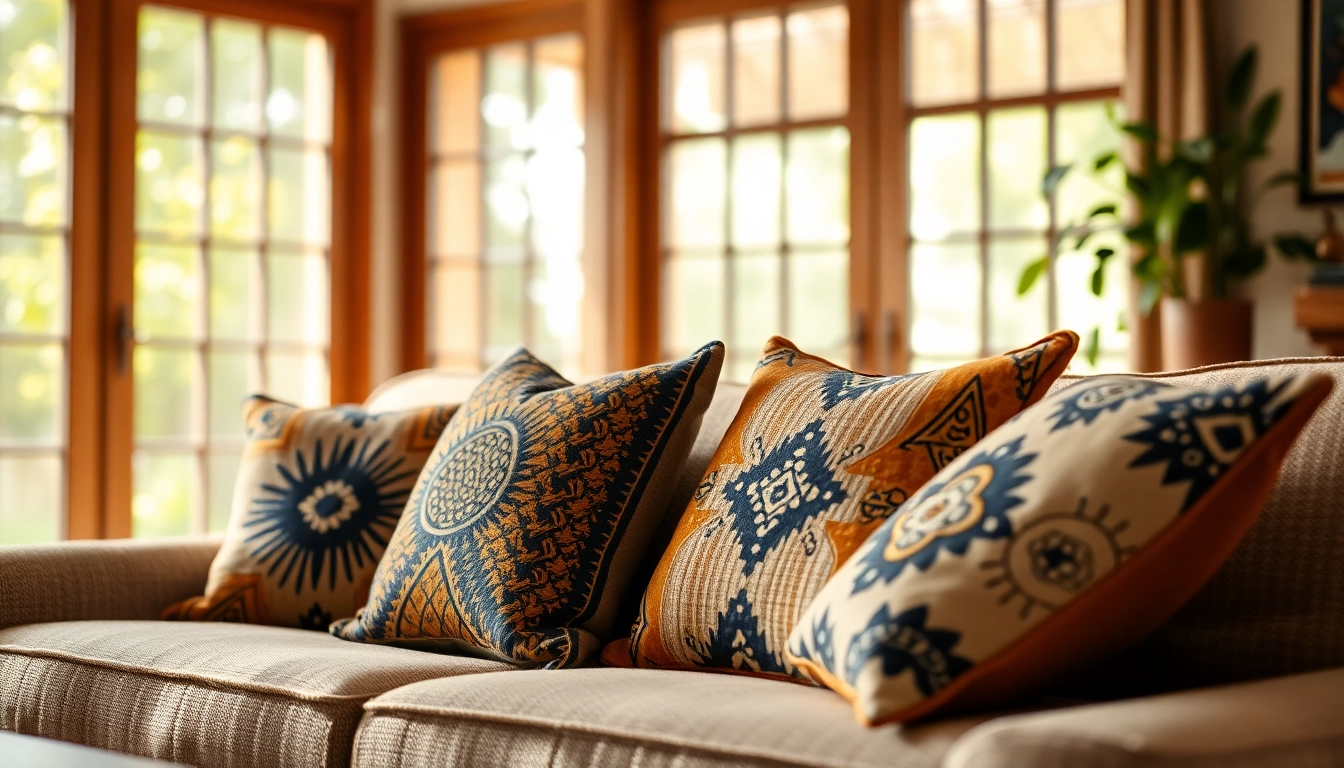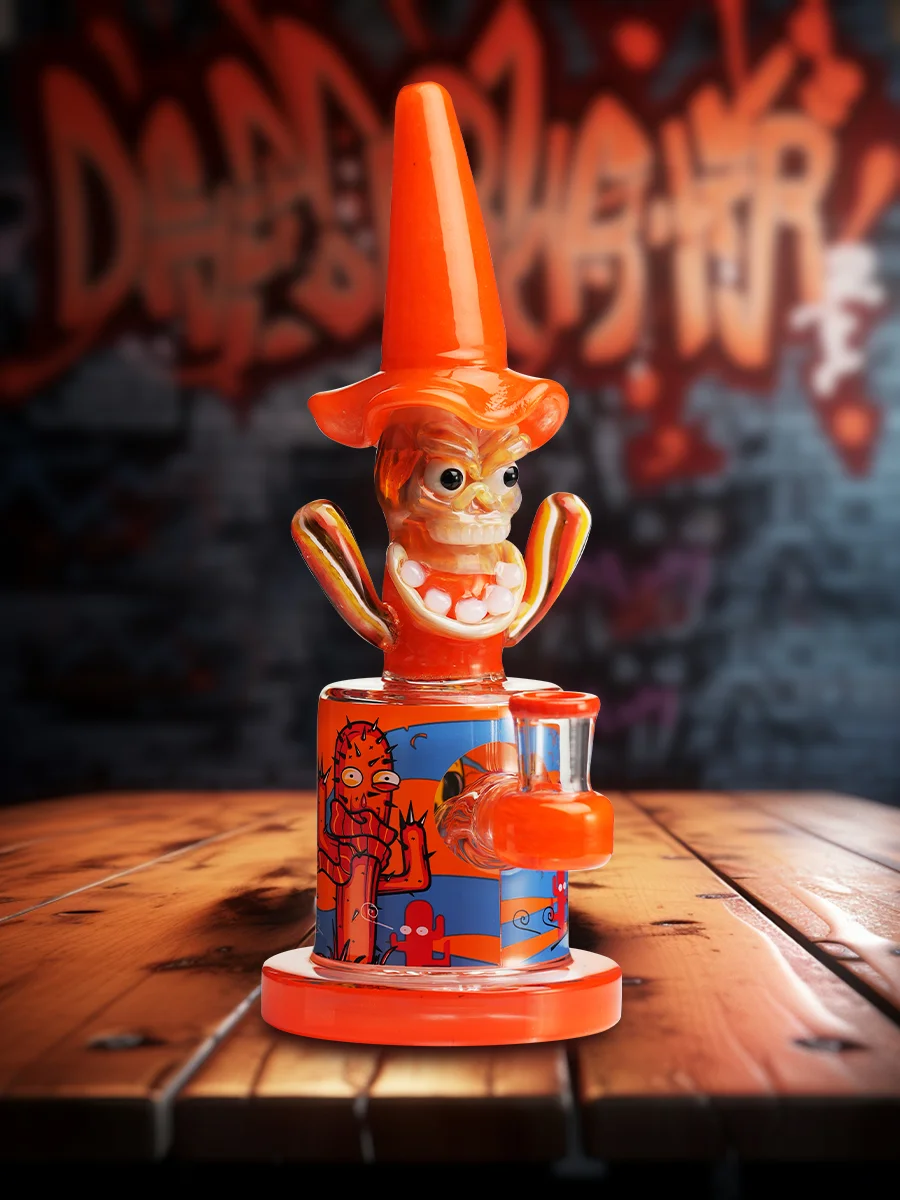1. Understanding Mali Mudcloth Cushion Covers
1.1 What Are Mali Mudcloth Cushion Covers?
Mali Mudcloth Cushion Covers are decorative fabric pieces crafted from traditional mudcloth, a textile originating from the Bamana ethnic group in Mali, West Africa. Known for their distinct, hand-painted designs and rich, earthy colors, these cushion covers are not just functional but also serve as striking artistic statements in home decor. Typically made from 100% cotton, the cushion covers are soft to the touch while exhibiting a unique texture that adds depth to interior spaces. They come in various sizes, patterns, and colors, making them versatile choices for different styles and aesthetics. Moreover, incorporating Mali Mudcloth Cushion Covers into your home decor enhances not only comfort but also infuses cultural significance into your living environment.
1.2 History and Cultural Significance of Mudcloth
Originating over a thousand years ago, mudcloth (or “bògòlanfini”) literally means “made from mud” in the Bambara language. The process of making mudcloth involves weaving cotton threads into cloth, which is then dyed using fermented mud and various plant dyes, resulting in stunning natural patterns. Traditionally, this fabric was worn by the Bambara people during significant events such as weddings, funerals, and rites of passage, each design containing messages and meanings that reflect the wearer’s personal story or social status.
Through the years, as the appreciation for African art grew worldwide, mudcloth has gained popularity beyond its cultural origins. It is now celebrated in global fashion and interior design, embodying not just a historical narrative but also an artistic expression that resonates with contemporary aesthetics. The resurgence of interest in artisanal crafts over the past few decades has helped keep this rich tradition alive, with Mali Mudcloth continuing to attract admiration for its beauty and historical relevance.
1.3 Unique Characteristics of Mudcloth Fabrics
The uniqueness of mudcloth lies in its handcrafted nature, making each piece distinct. Artists in Mali create patterns using a variety of techniques, including tie-dyeing and painting with natural mud, imparting each fabric with a one-of-a-kind quality. The patterns often hold specific meanings; for example, certain symbols may represent fertility, beauty, or protection. Furthermore, the earthy tones of mudcloth—deep browns, cremes, and blacks—align beautifully with numerous design palettes, ensuring they can complement any décor style, from minimalistic to bohemian.
In addition to their aesthetic appeal, mudcloth fabrics are known for their durability. The technique used to dye the fabric ensures resistance to wear, fading, and even stains, making them practical options for households with pets or children. This blend of beauty and durability makes Mali Mudcloth Cushion Covers an excellent investment for anyone looking to enhance their interior spaces.
2. Choosing the Right Mali Mudcloth Cushion Covers
2.1 Finding the Perfect Size and Shape
When selecting Mali Mudcloth Cushion Covers, one of the first considerations should be the size and shape that best fit your furniture. Standard sizes include square (16×16, 18×18, or 20×20 inches) and rectangular options (12×20 or 14×24 inches). For sectional sofas or larger spaces, using larger pillows can create a cozy atmosphere, while smaller cushions can work well for accenting chairs or nooks.
Moreover, the shape can significantly influence the overall aesthetic. Square cushions offer symmetrical beauty and simplicity, while rectangular cushions can introduce a modern element to your décor. Mixing these shapes can also add dynamic visual interest to your seating areas.
2.2 Selecting Colors and Patterns for Your Décor
The color palette of Mali Mudcloth is traditionally derived from natural elements, resulting in earthy tones that can blend effortlessly into various color schemes. When choosing cushion covers, consider the colors already present in your space. If your interior features bold or vibrant hues, opting for simpler, neutral mudcloth designs can help create balance. Conversely, if your theme leans towards muted shades, brighter pattens can serve as stunning focal points.
Pattern selection is equally significant. Traditional mudcloth patterns vary from abstract shapes to intricate symbolism. Take into account the visual weight of the designs; larger patterns might work better in spacious areas, while small, intricate details can add texture and interest to more intimate settings.
2.3 Quality Considerations When Buying
Quality is paramount when selecting any decor item, and Mali Mudcloth Cushion Covers are no exception. Authentic mudcloth should have a rich texture that speaks to its handmade origins. When assessing quality, consider the stitching; it should be tight and even, showing craftsmanship. Additionally, check for any imperfections, as these can be indicative of the fabric’s uniqueness, but should be minor and not detract from the overall look.
It’s also essential to source your mudcloth items from reputable retailers or artisans to ensure you are purchasing genuine products. Look for certifications or reviews that reflect the authenticity and durability of the fabrics being offered.
3. Styling with Mali Mudcloth Cushion Covers
3.1 Incorporating Cushion Covers in Various Rooms
Mali Mudcloth Cushion Covers can enhance the aesthetics of virtually every room in your home. In the living room, use a combination of small and large cushion covers on sofas and chairs to encourage relaxation and comfort. These cushion covers can create a rich, textured appearance when mixed with other fabrics, such as plush velvets or even leather.
In bedrooms, using mudcloth covers on bed pillows can easily merge cultural beauty with comfy elegance, creating a peaceful retreat. Additionally, they can be incorporated into outdoor seating areas, adding warmth and vibrancy to your patio or garden furniture.
3.2 Mixing and Matching with Other Textiles
One of the beautiful aspects of Mali Mudcloth is its versatility when combined with other textiles. Mixing these covers with patterned or solid-sewn textiles can create a visually appealing contrast. Consider combining mudcloth with other artisanal fabrics, such as linen or cotton, to add additional texture and layers to your design scheme.
Another effective styling tip is to pair your mudcloth covers with throw blankets, rugs, or art pieces that incorporate similar colors or patterns, creating a cohesive look across your space. Be mindful, however, to keep a balance—too many competing patterns can make a space feel chaotic.
3.3 Seasonal Styling Tips for Your Home
Changing your cushion covers with the seasons is an excellent way to refresh your home decor. During warmer months, consider pairing your Mali Mudcloth Cushion Covers with light, airy fabrics in similar tones to bring a fresh, breezy feel. Conversely, for colder months, layering these covers with heavier textiles and warmer colors can create a cozy and inviting atmosphere.
Additionally, incorporating seasonal elements like autumn leaves in fall or floral patterns in spring alongside your mudcloth cushions can enhance the visual storytelling of your space, making it feel welcoming and stylish year-round.
4. Caring for Your Mali Mudcloth Cushion Covers
4.1 Washing and Maintenance Tips
Mali Mudcloth is generally durable, but proper care ensures that its vibrant colors and patterns last. It is best to wash these cushion covers by hand using cold water and a mild detergent to prevent fading. If machine washing, opt for a gentle cycle in cold water and avoid bleach. Allow the covers to air dry, as exposure to high heat from dryers can lead to discoloration and fabric damage.
Spot cleaning is recommended for minor stains, as this helps maintain the original integrity of the fabric. For deeper cleaning, consult specific guidelines from retailers or artisans, as different mudcloths may have unique care instructions based on their dyeing processes.
4.2 Repairing and Refreshing Worn Cushion Covers
Over time, cushion covers may show signs of wear, particularly in high-use areas. To refresh your Mali Mudcloth, start with a thorough wash to remove any dirt or dust. For small tears or fraying seams, consider sewing patches or using fabric glue for a tidy repair. Many crafters enjoy customizing their mudcloth by dyeing or over-dyeing, thus refreshing the color palette while bringing a new life to old covers.
If a cushion cover becomes excessively worn or damaged beyond quick repair, consider repurposing—transforming it into a decorative wall art piece or using the fabric for other DIY projects.
4.3 Storing Your Cushion Covers for Longevity
Proper storage is essential for maintaining the quality of your Mali Mudcloth Cushion Covers, especially if you change them out seasonally. Store them in a cool, dry place to avoid moisture, which can develop mold or mildew on natural fabrics. Using breathable storage bags can prevent dust accumulation while still allowing airflow. It’s also best to fold them neatly to avoid creasing or stretching over time, keeping them in pristine condition for your next display.
5. Where to Buy Authentic Mali Mudcloth Cushion Covers
5.1 Top Retailers for Quality Mudcloth Products
Finding genuine Mali Mudcloth Cushion Covers can be rewarding when sourcing from reputable retailers. Many artisans have established online stores that showcase their work, often highlighting the stories behind their designs. Websites specializing in African textile or global decor often stock high-quality mudcloth options. Consider shopping from platforms that offer a certificate of authenticity or showcase the lineage of their products.
Additionally, larger home good retailers that focus on global or fair-trade products may also carry authentic selections, providing a blend of quality assurance and diverse design options.
5.2 Online Shopping versus Local Markets
When deciding between local markets and online shopping for mudcloth cushion covers, consider the advantages of each. Shopping locally can provide you with the opportunity to touch and feel the fabric before purchasing, ensuring you are satisfied with the quality and design. Local artisans often also share the cultural significance of their craftsmanship, deepening your understanding of the cloths’ history.
Online shopping, on the other hand, provides a broader selection and the convenience of home delivery. However, it’s vital to verify retailer credibility and customer reviews to ensure you’re purchasing authentic products. Each option has its benefits, so consider what fits your needs best.
5.3 Tips for Identifying Authenticity in Mudcloth
Identifying authentic Mali Mudcloth can be straightforward when you know what to look for. Genuine mudcloth will often display slight variations in pattern and color due to the handcrafted nature of the fabric. Look for signs of the artisan’s work, such as uneven stitching or minor imperfections that add to the character of the piece.
Additionally, you can ask sellers about the origin of the cloth, including details about the artists or communities involved. Trusted sellers usually have insights into the history and making of the cloth they sell. Lastly, be wary of items that claim to be mudcloth but are mass-produced prints, as these lack the depth and cultural significance of authentic fabrics.



